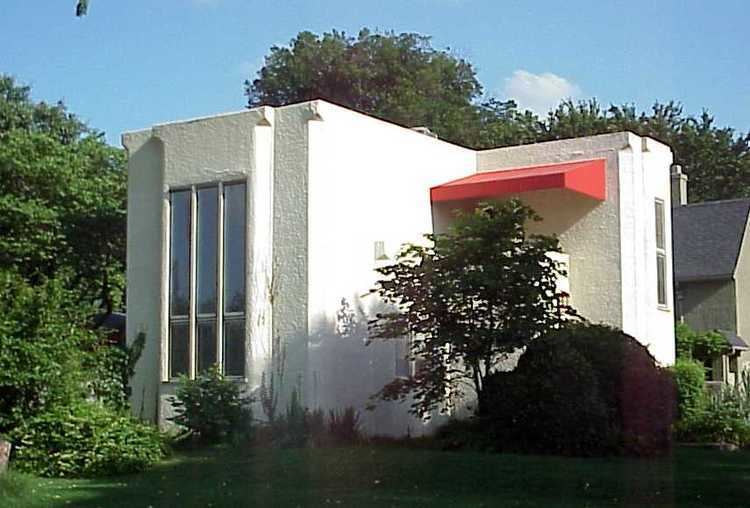Architect Multiple NRHP Reference # 820003707 | Built Early 1920s Architectural style Multiple Added to NRHP 20 September 1982 | |
 | ||
Tracy Park is a historic neighborhood in Tulsa, Oklahoma. It is a relatively small neighborhood consisting primarily of single-family houses that were built in the Riverview Addition during the early 1920s. The Tracy Park Historic District was added to the National Register of Historic Places on September 20, 1982 with the NRIS number 820003707. The district is bounded on the north by 11th Street, on the east by Peoria Avenue, and on the south and west by the Inner Dispersal Loop. It was the first area in Tulsa to be nominated as a district on the National Register of Historic Places.
Contents
Tracy Park
Tracy Park is a 3.3 acres (1.3 ha) neighborhood park, located at 1134 South Peoria Avenue. The park features a playground and picnic area, lighted tennis courts and a splash pool, and is administered by the Tulsa Parks and Recreation Department. The park also has formal gardens.
History
The district covers the north half of an 80 acres (32 ha) grant to Nora Childers Tracy, a Creek woman. for whom the district and park are named. A lot sale was held in April, 1919, to open the subdivision for construction. Tracy Park subdivision was the first "standardized" subdivision (i.e. building restrictions limited the owners' options as to how to construct a dwelling on his lot).
The district was initially a part of the Ridgewood Subdivision and adjoined the Broadmoor Subdivision. At the opening, it contained 142 lots.
Construction of the Inner Dispersal Loop Expressway in the late 1960s caused many houses to be demolished. As a result, the district now covers only 68 surviving houses.
Description
The district is primarily residential, composed of one and two-story houses that were designed for Tulsa's rapidly growing middle class market of the early 1920s. Architectural styles used were mainly Georgian Revival, Dutch Colonial, Spanish, Cottage and Bungalow. Exteriors were clapboard, stucco, and brick . Deed restrictions required that bungalows be built north of 12th Street and two-story houses could only be built south of 12th street.
In 1924, noted artist and teacher, Adah Robinson, built a combination residence and studio at 1119 Owasso Street. Bruce Goff and Joseph R. Koberling, Jr. both assisted in the design. The house faces Tracy Park and is the most notable structure in the Tracy Park Historic District.
Preservation status
Tracy Park was placed on the Oklahoma Landmarks Inventory in July 1978. It was added to the National Register of Historic Places under Categories A and C on September 20, 1982. Its NRIS number is 820003707.
